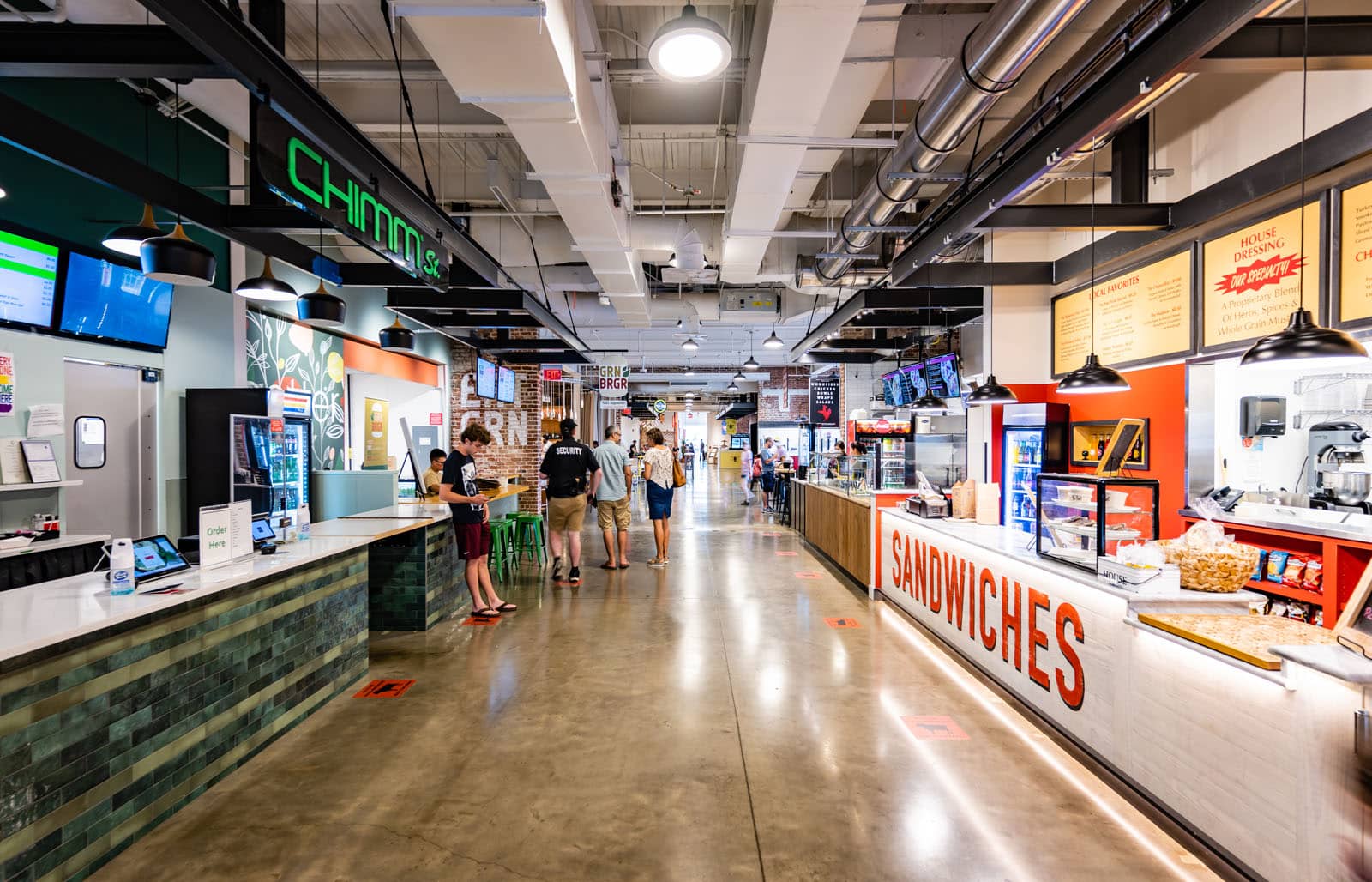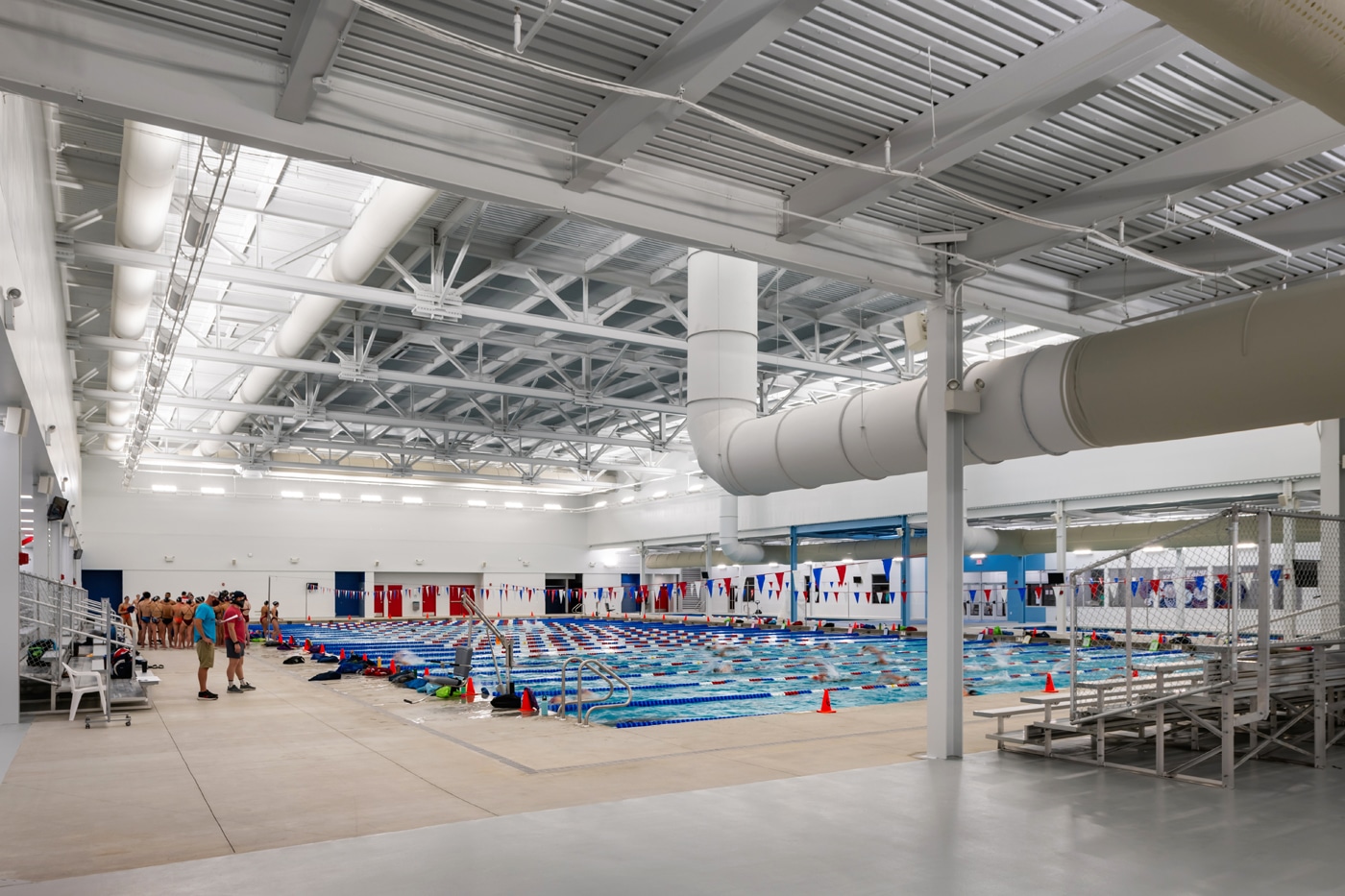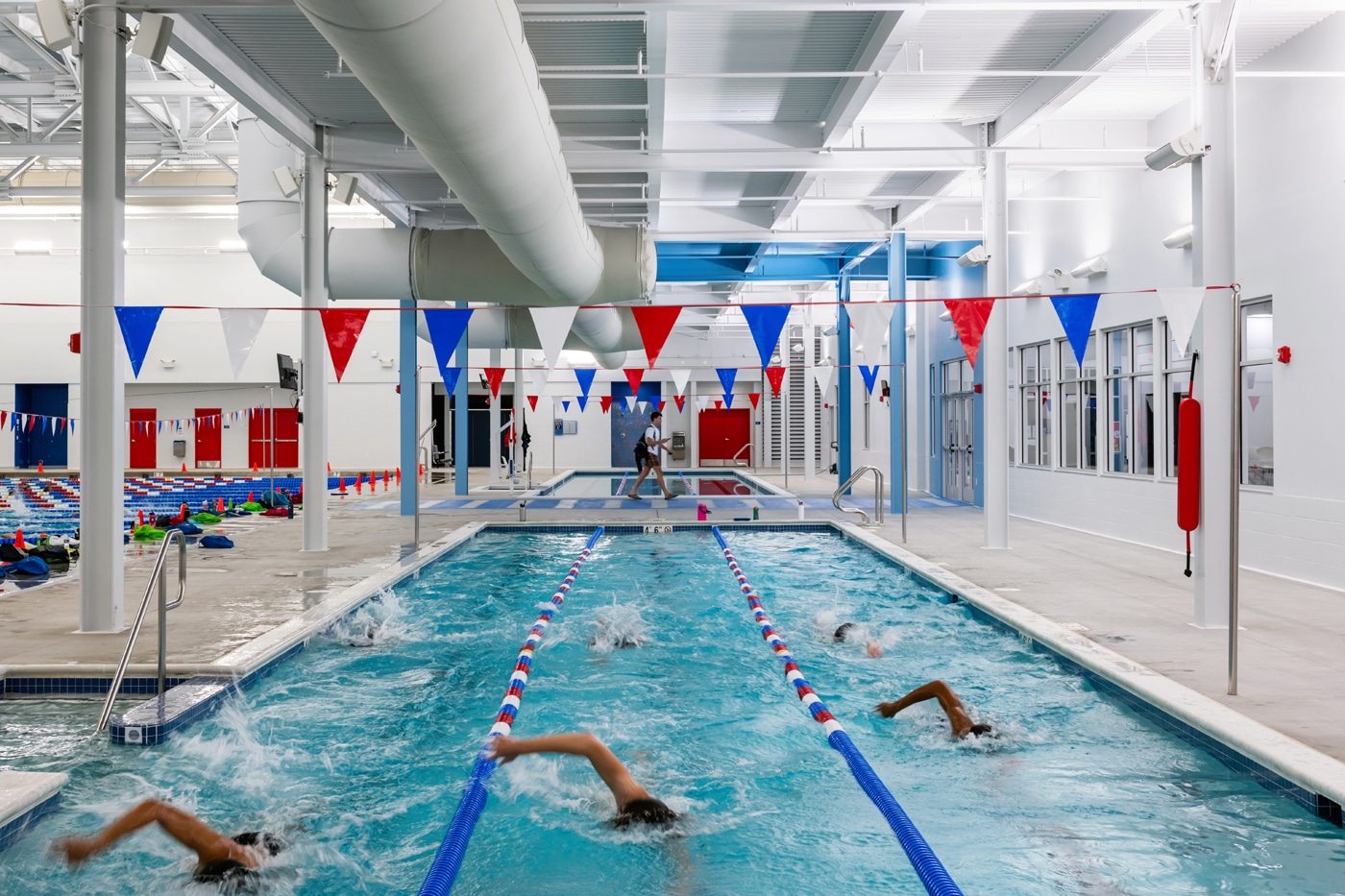Extending the life of existing structures, through adaptive reuse strategies, has a positive impact on the climate, communities, and a project’s bottom line. Adaptive reuse construction projects refer to the process of taking an existing building or structure and reusing it for a purpose other than what it was originally designed for. The goal is to merge a historical or sometimes abandoned property with contemporary economic success. Two popular adaptive reuse projects in Virginia are the Regency NOVA Aquatics Center, formerly a Macy’s department store, in Richmond, and Dairy Market, formerly known as Monticello Dairy, in Charlottesville.
Adaptive reuse projects provide a sustainable and cost-effective alternative to new construction, honoring a structure’s historical significance and infusing it with new life and energy. The top five reasons adaptive reuse projects go under construction are sustainability, cost-effectiveness, historical significance, flexibility, and community engagement.
Sustainability
Adaptive reuse is a sustainable alternative to ground-up construction, requiring fewer new building materials and resources.
A significant portion of our world’s carbon emissions come from building construction, including materials, fabrication, and delivery to installation. Repurposing an existing building, through adaptive reuse, reduces waste and lowers a project’s overall carbon footprint.
Finding methods to reuse building materials results in saving a high percentage of embodied energy. Recycling and finding creative ways to reuse current materials will prevent them from ending up in landfills.
Cost-Effectiveness
Adaptive reuse can be quite cost-effective, especially when the existing building has a solid foundation and requires minimal structural changes. Repurposing an existing building can also help save on permitting, zoning, and other regulatory costs. The budget is something the client will hold at a high priority level and the CM will rely on value management and meetings with the design teams to keep project costs in line.
Dairy Market had significant savings courtesy of value management and meetings held early in the construction process. Here is some of the breakdown:
Working closely with the owner and designers to develop a phased procurement method, allowed Dairy Market to be completed eight months sooner than if the project had been procured based only on the 100% Construction Documents.
Historical Significance
Adaptive reuse allows historical buildings and structures to be preserved, which can be important cultural landmarks. It can also help maintain the character of a community, by preserving its architectural heritage. Dairy Market has a deep history tied to it, making the renovation more significant.

Dairy Market traces its local roots to 1912 with the formation of the Monticello Ice Cream Company, which purchased cream and other raw materials from the Colthurst Farm on Barracks Road. In those days, ice cream was delivered throughout the city on a horse and buggy. In 1937, famed local architect Elmer Burruss was commissioned to design and construct the historic Monticello Dairy building which became an iconic community gathering place – popular with locals for its ice cream parlor and event room. Dairy Market was built on this iconic local brand and continues the farm-to-table tradition that began in the early days of the facility.

Flexibility
Repurposing an existing building provides flexibility in terms of design and layout, compared to new construction. While working with an existing structure, unique spaces, and features can be created.
 Open space infrastructure, formerly a Macy’s department store, is now an aquatics program facility.
Open space infrastructure, formerly a Macy’s department store, is now an aquatics program facility.With NOVA Aquatics originally being a Macy’s department store, the infrastructure of a vast open space was existing to start a renovation into an elite lap pool. Turning a department store building into a swimming pool was no small feat, but gave the design team a unique challenge allowing them to think outside the box to come up with many amenities and options for the client.
Community Engagement
Adaptive reuse projects typically receive a good amount of community input or involvement. As mentioned previously, there is a reason why the structure is getting repurposed instead of starting new construction. That reason heavily weighs on the surrounding community.

The City of Richmond and the competitive swimming community were involved in the building of NOVA Aquatics. With the number of Macy department stores closing and the surrounding redevelopment of Regency Mall, the City wanted to be sure that whatever was put in Macy’s place was something that would benefit the community and bring comradery to the mall. The swimming community was able to voice opinions on what was important to them in an aquatics program facility and what type of facility they wished to be a part of. Gathering input from the city and surrounding neighborhoods can build a sense of community and pride in the final product.
Adapting Benefits
Overall, adaptive reuse can benefit CM’s, clients, and communities, by creating sustainable, cost-effective, and culturally significant buildings that meet modern needs. According to the Environmental Protection Agency, an energy-efficient new build will take around 65 years to save the amount of energy lost when demolishing an existing facility. Diving into data like this should allow more consideration of adaptive reuse projects. Seeing the potential ways to redefine how people live, how people work, and how people gather as a community is a good strategic approach when taking on an adaptive reuse project.
Previous Post Next Post